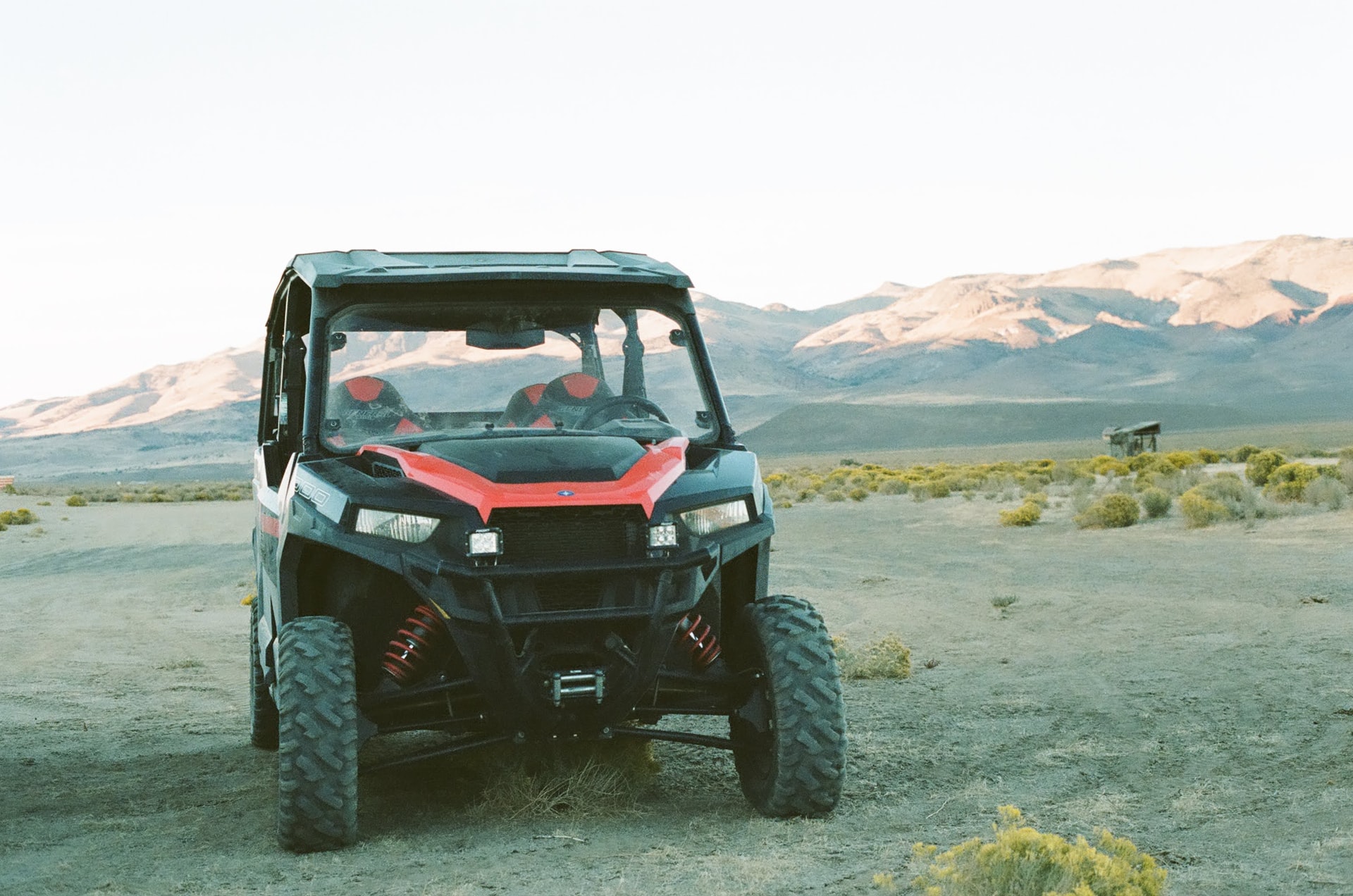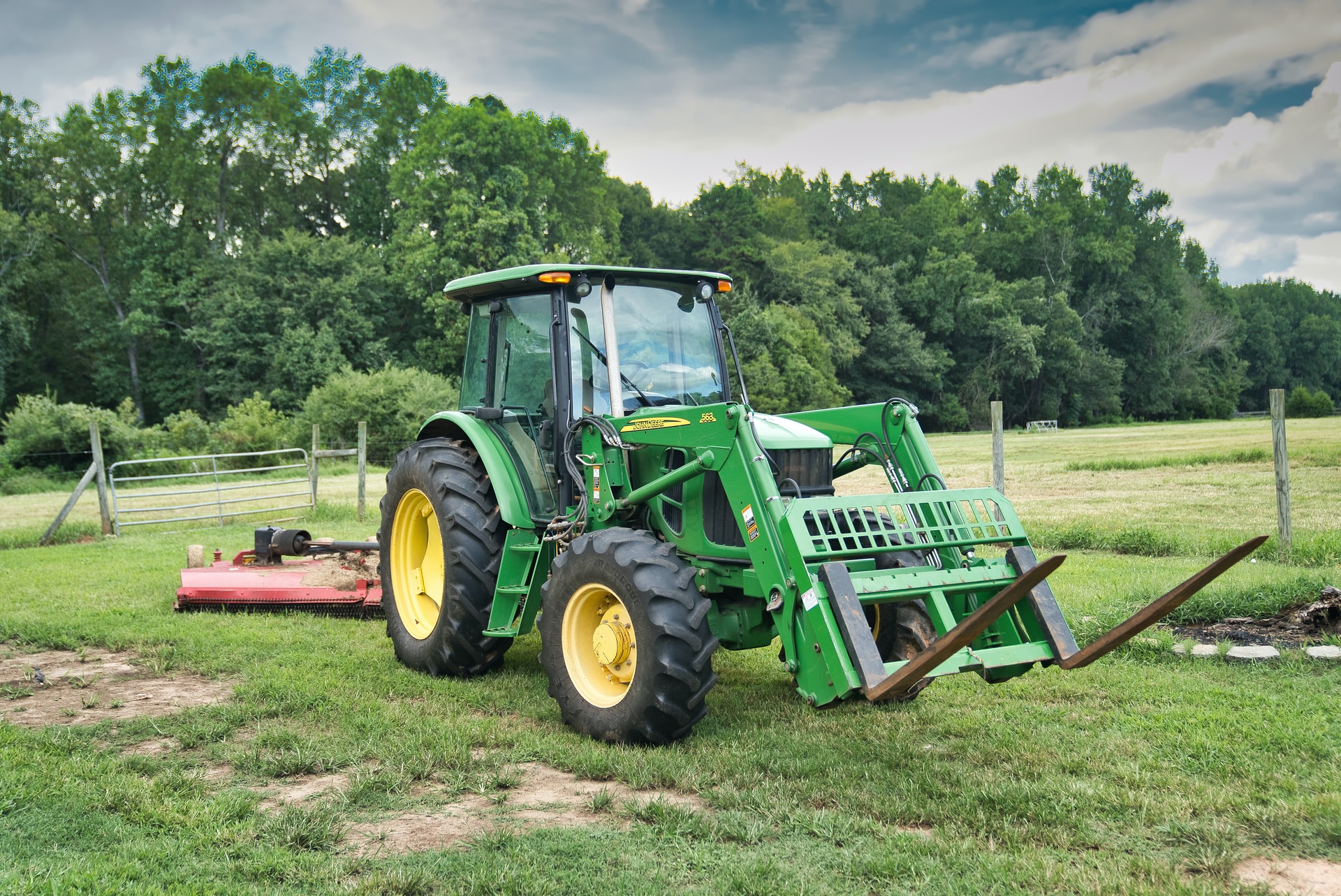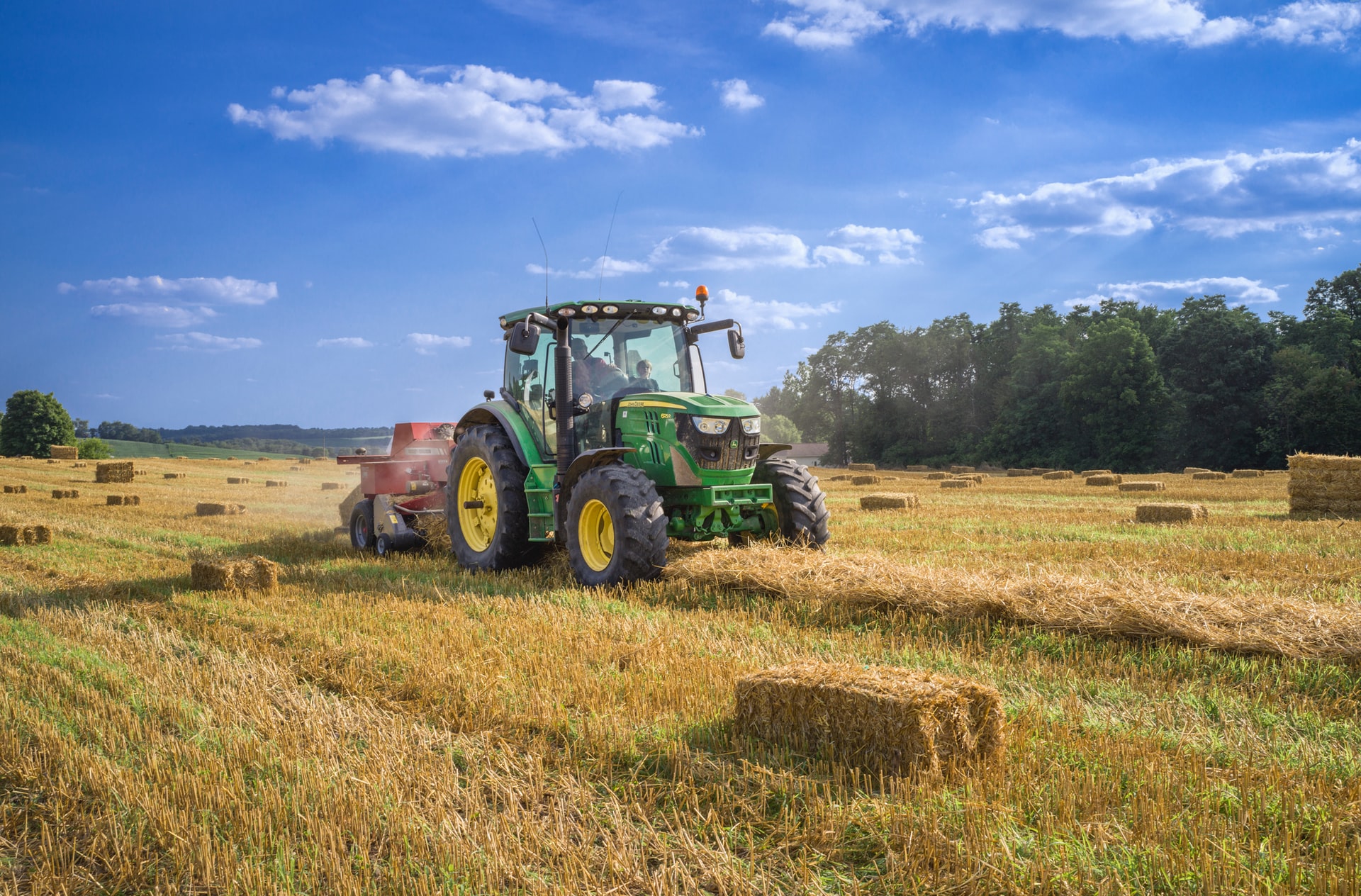UTVs and Tractors are among the most versatile vehicles. They easily multitask and take on hard jobs that other vehicles would barely approach. Thus, it’s not so easy to select one over the other.
However, this detailed comparison would make the selection process much easier. In this UTV vs. tractor performance analysis, you’d get to see all the pros, cons, and best usage for each vehicle.
Comparing UTVs and Tractors
UTVs and tractors typically don’t meet that often. UTVs are often off-road vehicles that brave hard trails and sketchy challenging roads. This outdoorsy scene is barely that of a tractor, which normally keeps to the simple life on a farm.
In recent times, many people moved from crowded cities and opted for settling down at homesteads and farms. This is where these two vehicles crossed paths, as farm owners felt that UTVs would serve them as well as tractors.
The following points demonstrate the strongest sides of each vehicle as well as its shortcomings. This, in turn, implies the best usage of each.
General Usage
UTV

A side-by-side, or UTV, is designed to run on the most challenging roads. And since it’s not a leisure vehicle, it’s also made for carrying several passengers safely, in addition to carrying sizable loads.
UTVs are also equipped with hooks to attach to trailers or carts. This maximizes their utility in all kinds of settings. Besides being such a strong workhorse, a UTV can often be used in regular non-farming activities. It’s especially awesome in racing, exploration, and sports.
UTVs are also brilliant at maneuvering and riding well in tight spaces. They also stay the course and show high stability even on steep slopes or slippery roads. These attributes made UTVs an attractive choice for a homestead or small farm.
Tractor

A tractor is a staple of family life. It can do a dozen different tasks, and it has a mammoth motor power that helps in making these jobs a proverbial breeze.
Tractors were invented around 1892, so that makes them an ancient contraption. They had more than a century since then to develop and become highly efficient machines.
The front end of the tractor usually attaches to a hydraulic arm that can take on any accessory. As for the backend, it’s also just as practical as its hook can do anything from towing to seeding and plowing.
Recreational Usage
UTVs are awesome vehicles when it comes to sporting and outdoor activities. They’re great in forests, rocky mountains, and even beaches. Thus, when they’re not used to transport supplies or people up on the farms, UTVs are amazing for recreational activities.
Tractors are more dedicated vehicles with specialized functions. Clearly, recreational ones aren’t on the list!
Project Size
UTVs are great for small projects, hobby farms, some rural projects, and homesteads. They do a great job in these settings, and they’re incredibly handy for moving supplies and people. They’re also quick and easy modes of transport, especially on rough or muddy trails.
Often, farmers need to use some manual tools or small electric ones to do other farm jobs. There are some limitations to what a UTV can and can’t do around a farm.
Tractors are great for medium-sized and large farms. There’s little they can’t do, and pretty much cover all the basic, and some of the advanced, agricultural needs.
Speed
The top speed of a UTV ranges from 30 mph with models like the Kubota RTV-X1140, to 45 mph with a John Deere Gator XUV 825 S4.
These are farm variety UVS. However, more sporty models like the CFMoto ZForce 1000 hits 70 mph effortlessly, while the Can-Am Maverick X3 reaches 85 mph without breaking a sweat.
Tractors are significantly slower than that, and their average speed is around 25 mph. Some top performers can reach a speed of 135 mph, but that’s often considered overkill in a farm setting.
Off-Road Performance
UTVs are very much at home off-road. They were made for crazy trails and most drivers relish the experience as it makes them feel in full control. These side-by-side cars are quite stable and maneuver well even on a rocky road.
Trucks are rather clumsy on the muddy ground, and they might not fare too well on rough terrain. They are at their best behavior on the fields of a farm. Moreover, they aren’t too dependable on slopes and steeps.
This is one of the main reasons farm owners consider purchasing UTVs.
Price
One of the big reasons that make UTVs attractive to small farmers is their considerably lower price compared to tractors.
You can get a fine UTV for around $7000. The prices range from as low as $1000 for the basic or used models to $30,000 for high-end UTVs. Farm work is quite demanding, and so, being sturdy and powerful is a necessity. These farm UTVs often fall within the $10,000 mark.
The variation in tractor prices is much wider, as the market has models that sell for $10,000 side by side with models that sell for $200,000. The working average is more in the range of $50,000 to $80,000, which is still rather expensive for many farm-owners.
Tractors are extremely versatile though, and it’s pretty hard to replace their functions with simpler tools. This might work in really small farms or homesteads, but a tractor will probably always be an important part of farming.
Resale Value
Reselling a tractor is rarely a losing deal. These vehicles often retain their value, and as they change hands, they could easily generate a nice profit.
Contrary to that, a UTV loses much of its value at resale. Even if it was brand new and only purchased yesterday, it would still lose value. The only time UTVs retain their worth is when they’re sold as vintage items.
Conclusion
Tractors are specialized vehicles that are absolutely necessary for medium-sized and large farms. They’re bulky and expensive, but absolutely indispensable.
In smaller sized-projects, UTVs are an equally practical choice. In addition, they come at much more affordable prices, they’re extremely versatile, and they can be used outside the farm just as well.

